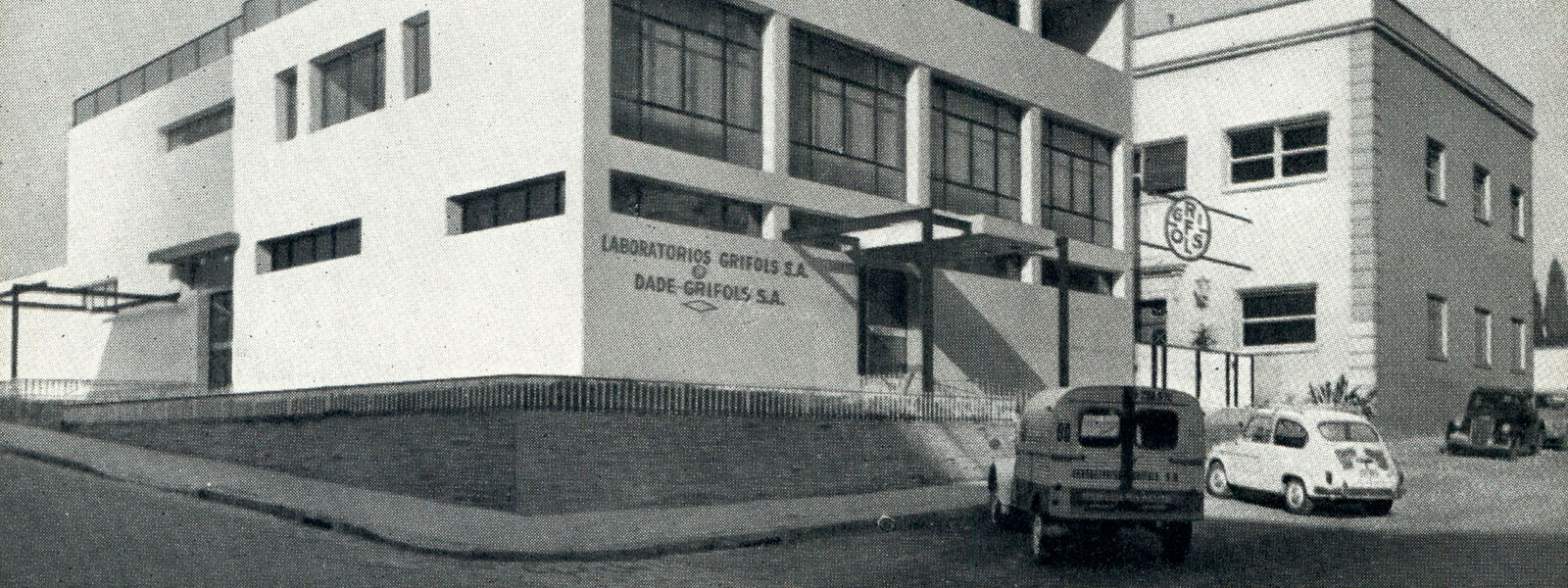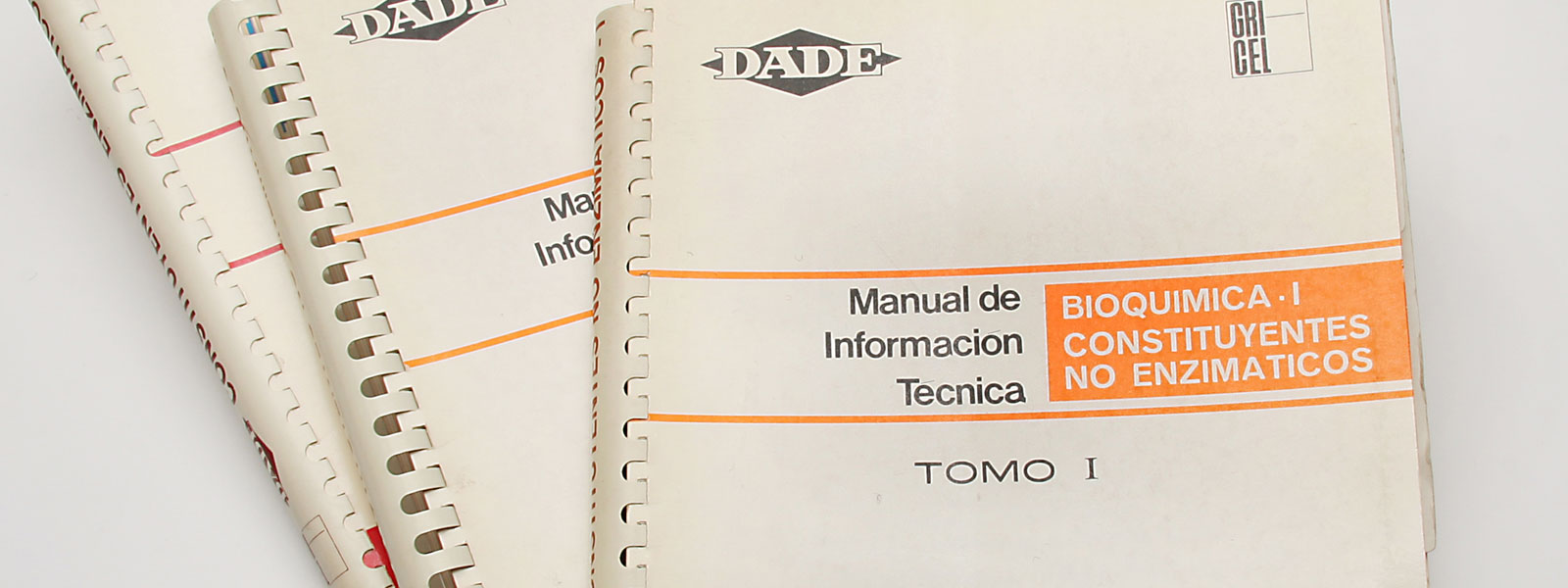Dade-Grifols Training Courses
Opening a window into the world
Technical file
Type of innovation: Service
Scope: Training
Innovation leader: Grifols i Roig, Josep Antoni
Year: 1963
Period: 1909-1971
Geographical scope: Spain
Economic impact: Medium
Level of innovation: Evolutionary
Patent: No
Interdisciplinary connections: -
Grifols and Dade
In 1960, Grifols went into partnership with Dade Reagents, Inc., a US company producing reagents and instruments for the typing and testing of blood. The move meant that Grifols could import modern US methods and products into Spain. Dade-Grifols S.A. was co-owned 50 percent by each of the parent companies. Dr. Víctor Grifols i Lucas, the technical director of Grifols, pushed for the partnership to fill the vacuum left by the tragic loss of his brother, José Antonio, who had been in charge of the scientific side of the business, and to offset the fact that his father was playing less of a role as he grew older. The relationship with Dade would transcend the professional one, as the management of the two companies became close friends. Thereafter, knowledge of English was a must for those working in the group.

Training for informative and commercial purposes
With resources still at a premium following the Spanish Civil War, World War Two, and a period of economic and political isolation, Dade-Grifols became a mine of information for professionals in the field thanks to its training initiative. The courses fostered the exchange of knowledge with practitioners of different specialties, forging close bonds and trust that also facilitated business.
The Dade-Grifols courses
Starting in the mid-1960s, Dade-Grifols' Technical-Scientific Service promoted a series of theoretical and practical courses on clinical analysis, clinical chemistry, and other specialties. They were aimed at hematologists conducting the tests at blood banks with a view to disseminating a set of techniques while establishing contact with those professionals.
The Dade-Grifols training initiative soon gained considerable prestige. Three women–María Cristina Cadira, Dr. Julia Mas Martí, and Dr. Montserrat Viñals–were the driving force of the weekly courses for 10 practitioners. By 1986, over 3,000 people had attended them.
The courses taught analysis techniques based on the Dade methods found in the Lab-trol and Enza-trol laboratory control manuals. The system was modeled on the one Dade provided in America. The training modules were a huge success as professionals came from across Spain to attend. In those days, many hospitals had no analysis laboratory of their own; private doctors would conduct the analyses for them. It was for this group that the courses were intended, as the regular training they received then was poor by today's standards. Later, as professionals had greater access to information, and training opportunities expanded, the courses became more suited to hospital nursing staff. Ultimately, they were judged to be no longer necessary and the courses were terminated because the training of hospital personnel had made great strides in a relatively short space of time.

“The courses fostered the exchange of knowledge with practitioners of different specialties, forging close bonds and trust that also facilitated business.”
Dictaphone and tapes containing the Dade-Grifols programs
The Dictaphone is a sound recording device predating the tape cassette. It was used to explain in Spanish a series of educational slide collections on blood groups that had originally been recorded in English by Dr. Jack Griffits of Dade and translated into Spanish by Dr. Grifols i Roig.
The basic content of these specific ongoing education programs on blood bank and clinical analysis techniques came on slides that required verbal explanations. The device was adapted to enable the slide to change automatically when the reading head picked up a pre-recorded magnetic signal. In that way, a kind of recorded lecture could be given with the right slide always showing at the right time.
Bibliography
Avellà, R., & Miquel, B. (Eds.). (2015). Cuando un sueño se cumple. Crónica ilustrada de 75 años de Grifols. Barcelona: Grupo Grifols, S.A.
Grifols, S.A. (2001). Dedicado a la vida... Barcelona: Probitas Pharma, S.A.